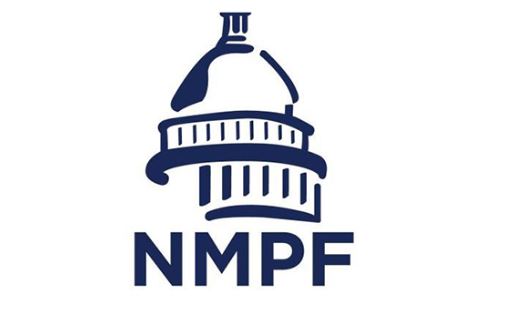
For more than a month now, dairy farmers and the entire industry have been working together to manage a challenge that they didn’t create and didn’t bring upon themselves. As of Monday, farmers are now dealing with new federal mandates that are complicating their livelihoods, even as they’re aimed toward mitigating a very real animal and potential public health risk. And because these challenges revolve around a virus, our circumstances aren’t fully under our control.
But they’re challenges we can meet.
Since Highly Pathogenic Avian Influenza in dairy cattle was first identified in the Texas Panhandle in late March, we at NMPF have been tirelessly monitoring, learning, and applying new information to the situation as it evolves, answering questions for our members and advocating for dairy’s interests as policymakers and the general public understandably pay increased attention to dairy farms.
As farm biosecurity becomes top-of-mind, we’re proud to say we’ve already been thinking about it, through our FARM Biosecurity initiative, which was initially developed thanks in part to a USDA cooperative agreement. As knowledge of HPAI and its effects on cattle develop, we’re blessed with deep knowledge of animal care and science on our own staff. And as buyers and trade partners ask questions and federal agencies create guidelines, we’ve been able to address concerns and discourage over-reaction due to our credibility and demonstrated leadership in making sure that U.S. dairy is responsible, reliable and ready to reassure based on science and sound judgment.
We’ve also been encouraged by the collaboration we’ve seen throughout agriculture, not just among dairy organizations but with federal and state officials, veterinarians and our colleagues in the cattle, poultry and egg industries, as we share best practices and information on how best to confront what may become a longer-term fixture on dairy’s landscape. We know from others’ experiences that while HPAI may change certain practices, it’s far from fatal to either public confidence or to industries affected by it. HPAI is a situation to be managed, not a cause for panic. Calm communication and coordination with others have helped us respond effectively to concerns and build confidence that our responses will succeed in steadying any disruptions we’ve felt.
So even in uncertainty, there’s much we can do. What we can’t do is declare an early victory over this challenge or predict an endpoint at which these concerns pass. The fact is, there may not be an endpoint. Again, we’re dealing with a virus. Viruses mutate, they spread in ways we don’t fully understand, and they prompt reactions that we can’t fully control. While we are hoping that the end of the spring migration, along with stepped-up biosecurity, herd monitoring and testing, will cause HPAI in dairy cattle to fizzle out, the possibility that this virus could become an ongoing, cyclical concern for dairy farmers is real.
But we’re ready. As we’ve learned these past few weeks, we have an ability to work together, meet challenges, and respond nimbly as circumstances evolve. We are looking forward to rising to meet whatever comes our way, knowing we have the depth, determination and expertise required to make the unexpected manageable, and seemingly daunting tasks the foundation for future success.
By:
Gregg Doud
President and CEO
National Milk Producers Federation


















